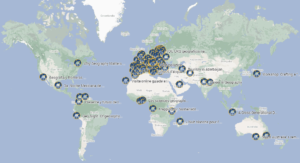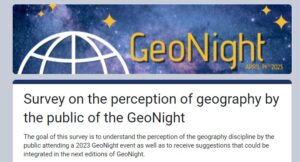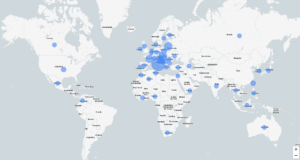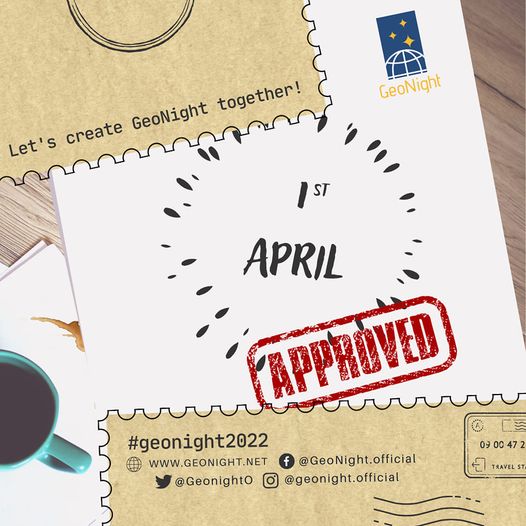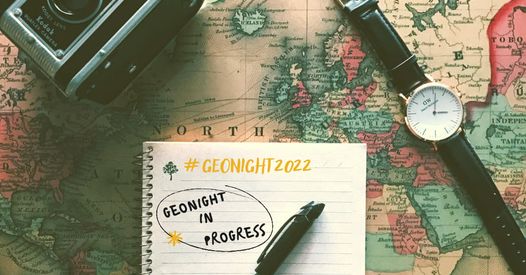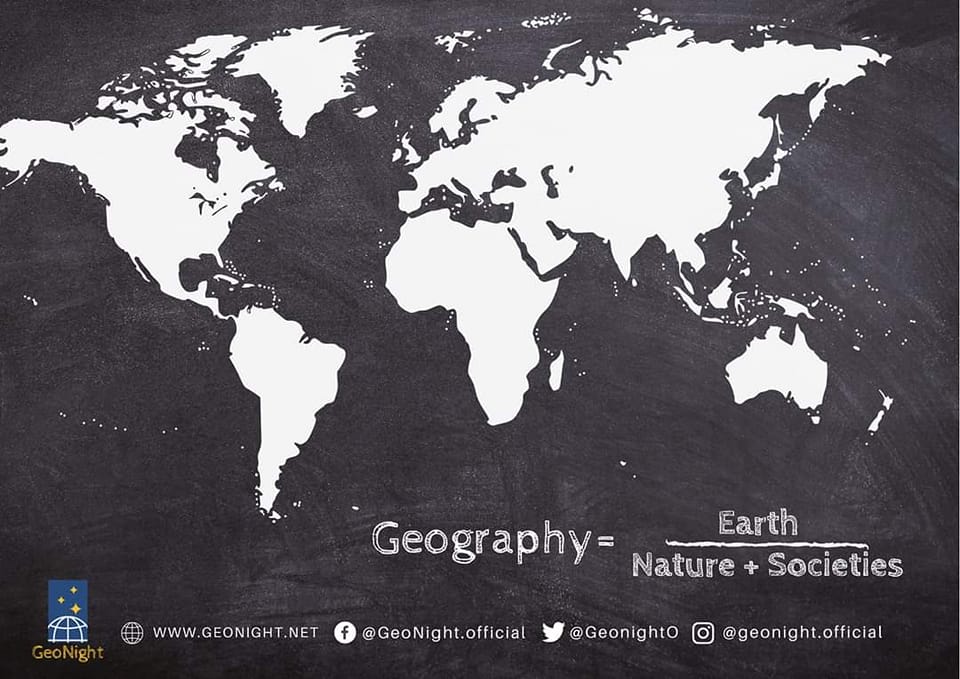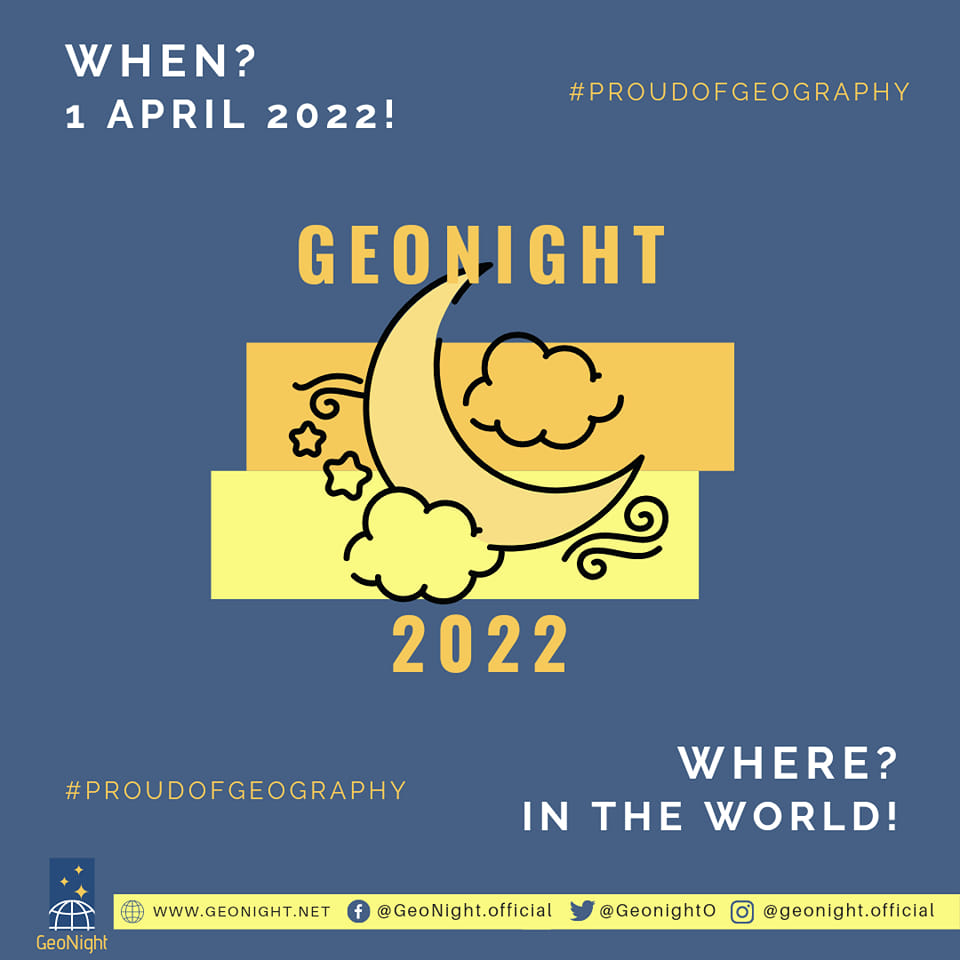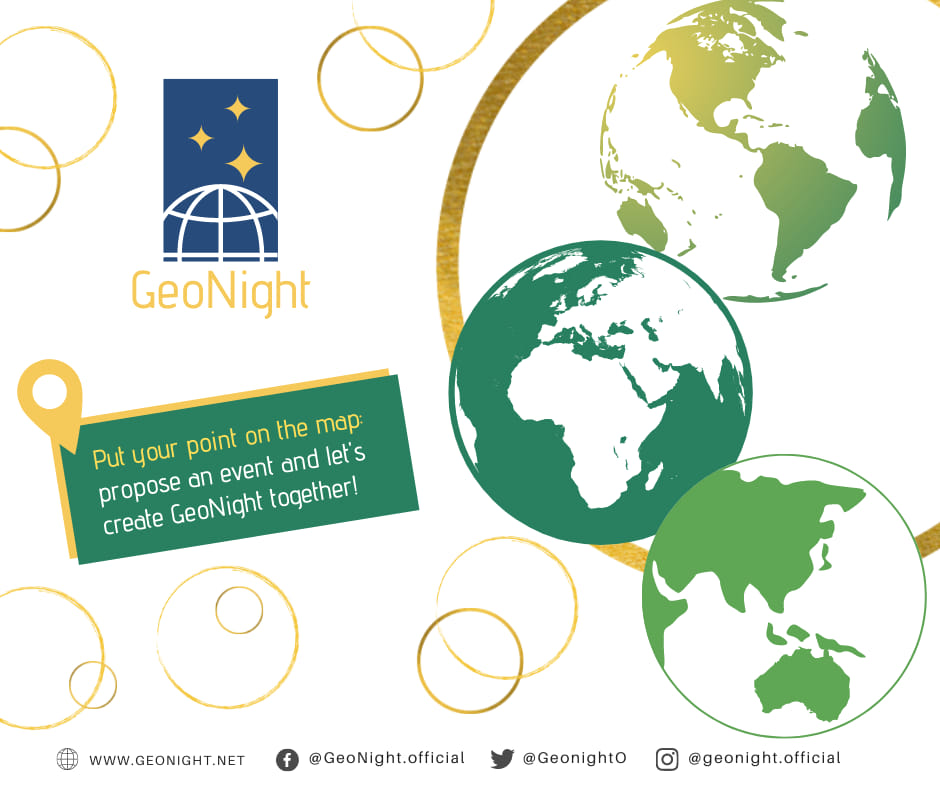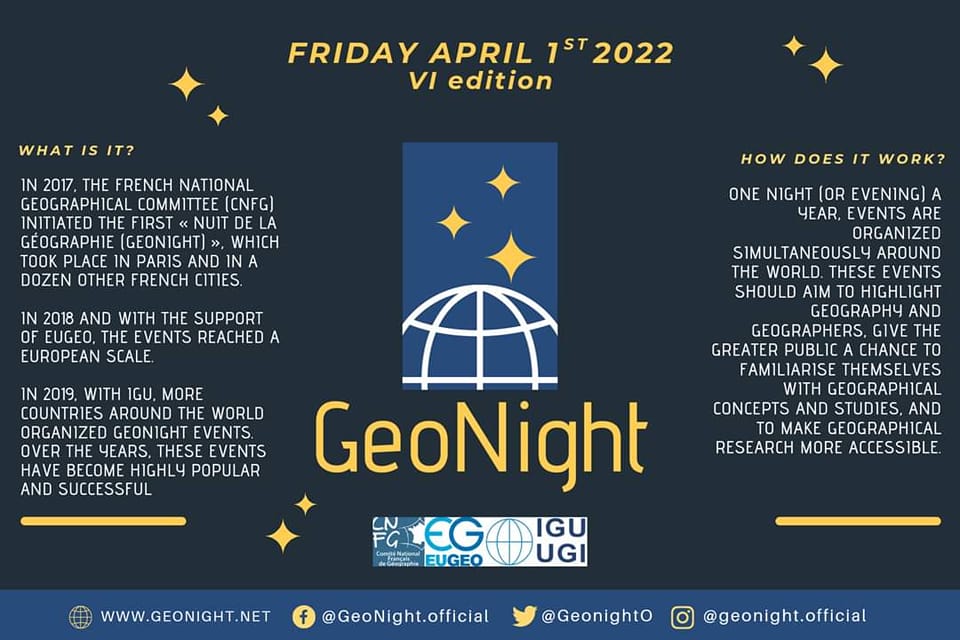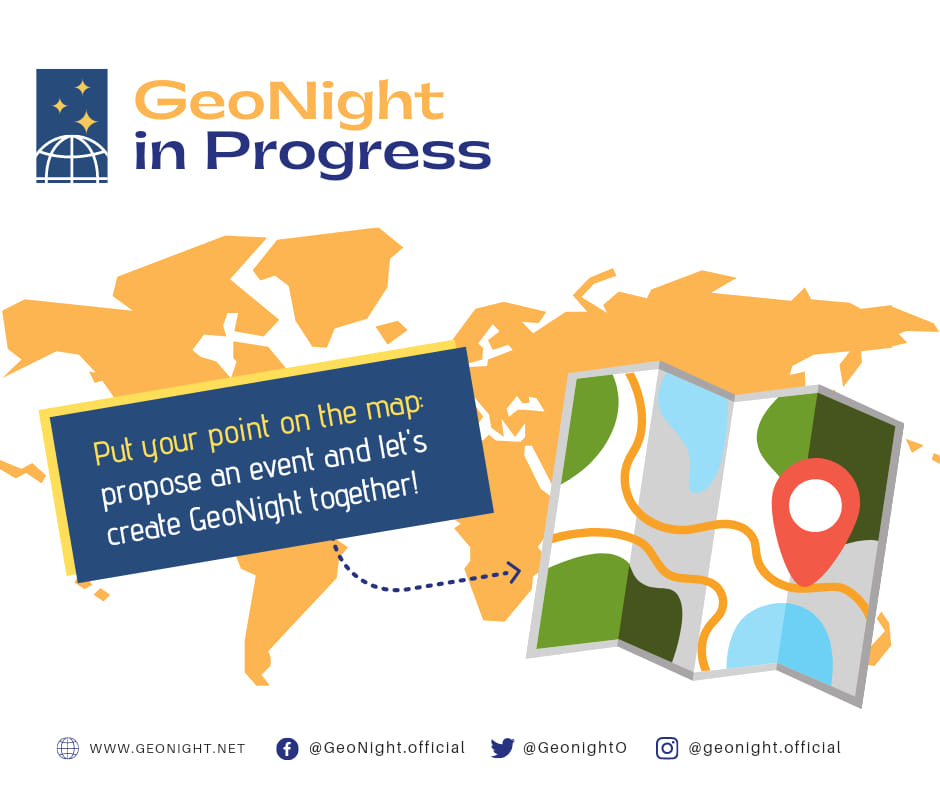Proposer: Marijan Denša – Role or Function: načelnik odseka za varstvo narave
April 5th, 2024
Morski odpadki in Jadransko morje – od slovenske obale do Otrantskih vrat
Marine litter and the Adriatic Sea – from the Slovenian coast to the Otranto Gate
Description:
Popis morskih odpadkov (MO) na slovenski obali je bil sklepno dejanje prvega dela spremljanja obal Jadranskega morja, začetega v sodelovanju z Oddelkom za geografijo Univerze v Zadru l. 2018. Kot nadgradnja z evropsko Morsko direktivo (2008) predpisanim kazalnikom (3) za popisovanje MO na obali naš terenski list vsebuje več vidikov. Po geografsko smo ga zasnovali s fizično in družbenogeografskim pristopom in nahajališča MO vrednotili v razmerju do prebivalstva, poselitve, dostopnosti, porekla oz. izvora odpadkov. Terensko delo (april 2023) je pokazalo na uspešno obvladovanje MO v primeru, ko je stalno prisotna in institucionalizirana naravovarstvena dejavnost: primer KP Debeli rtič kot eden daljših dobro ohranjenih delov slovenske obale. Na območjih kopališče Žusterna, Naravni rezervat Strunjan, Bele skale in kopališče Fiesa-Piran smo zabeležili sledove antropogenega onesnaženja, skladno s preteklimi raziskavami NIB in IzVRS (2014-2017): najbolj pogosto prisoten odpadek so cigaretni ogorki in filtri, sledijo slamice (tudi v neplastični obliki), posamezni kosi stiroporja, deli plastičnih vrečk. Večinski del na obalo nanešenega materiala je bil organskega izvora (85%; naplavljen les, trstika, trave in listje). Ostali MO (15 %) so bili antropogenega (plastičnega) porekla. Težje obvladljivi so MO na razčlenjenih obalah (otokih). S pregledom uval otokov od Kvarnerja do južne Dalmacije ugotavljamo, da so zelo redki zalivi, kamor morje ne bi odlagalo. Prvi popis akvatorija NP Kornati je prepričal, da se dobiček turistične industrije lahko izraža tudi kot akumulacija neavtohtonih MO (glede na državo proizvodnje) v zavarovanem območju. Naslednji popisi (Pašman, Lošinj, Vis, Elafiti) nas dodatno prepričajo o moči in vplivu narave; tokovi in vetrovi ne prizanesejo sleherni, dovolj odprti uvali za nanašanje odpadkov z morja. Razen obal Pašmana so prevladovali MO gospodinjskega izvora.
The inventory of marine litter (LW) on the Slovenian coast was the final step of the first part of the Adriatic coastal monitoring project, launched in cooperation with the Department of Geography of the University of Zadar in 2018. As a follow-up to the indicators (3) prescribed by the European Marine Directive (2008) for inventorying MSW on the coast, our field sheet contains several aspects. Geographically, we designed it with a physical and socio-geographical approach and evaluated the MO deposits in relation to population, settlement, accessibility, origin or source of waste. The field work (April 2023) showed the successful management of MPAs in the case where nature conservation activities are continuously present and institutionalised: the case of Debeli Rtič NP as one of the longest well-preserved parts of the Slovenian coast. In the areas of Žusterna bathing site, Strunjan Nature Reserve, Bele skale and Fiesa-Piran bathing site, traces of anthropogenic pollution were recorded, in line with previous NIB and IzVRS surveys (2014-2017): cigarette butts and filters are the most commonly found litter, followed by straws (also in non-plastic form), individual pieces of Styrofoam, and parts of plastic bags. The majority of the material washed ashore was of organic origin (85%; driftwood, reeds, grasses and leaves). The remaining MO (15%) was of anthropogenic (plastic) origin. More difficult to manage are the MPAs on indented coasts (islands). By examining the bays of the islands from Kvarner to southern Dalmatia, we find that there are very few bays where the sea has not deposited. The first inventory of the Kornati National Park aquatorium convinced that the profits of the tourism industry can also be expressed as an accumulation of non-indigenous MPAs (depending on the country of production) in the protected area. Subsequent inventories (Pasman, Lošinj, Vis, Elafiti) further convince us of the power and influence of nature; currents and winds do not spare any bay open enough to deposit marine litter. With the exception of the Pasman coasts, the prevailing MOE is of domestic origin.
Objectives:
Event Language: Slovenščina
The event will be: “Live” in presence
Country: Slovenija
City: Nazarje
Address: Savinjska cesta 8, 3331 Nazarje
Reference Organization (if any): Fakulteta za varstvo okolja, Velenje
Estimated starting time: 17:17:00
2 hours
Those who organize the event are: Other
School event? No
Comments or Notes:
24245




